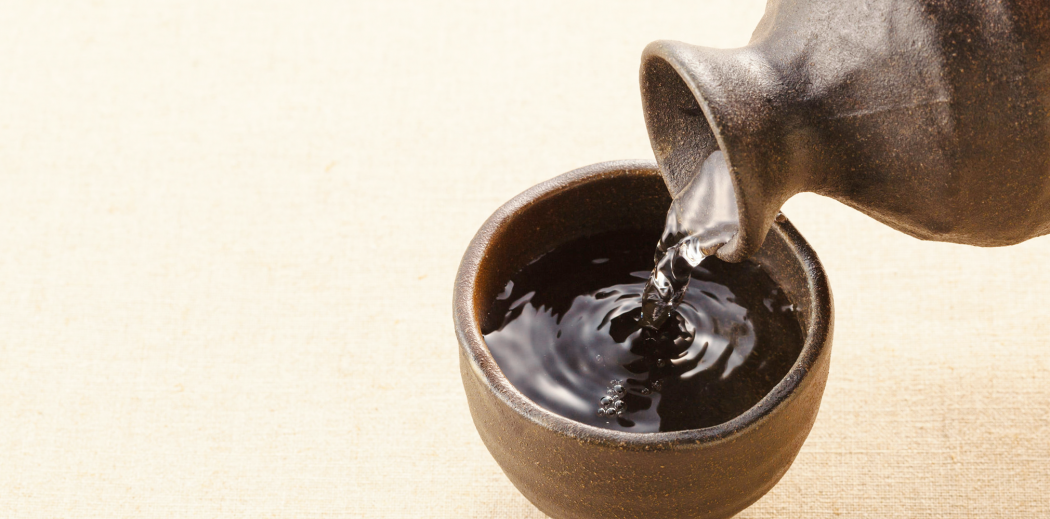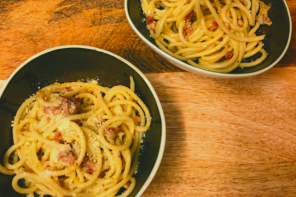From barley wine to fruit wine, the term “wine” is thrown around quite a lot. And while we’re big fans of wine over here, we’ve got news for you: sake, often labeled as rice wine, is not actually wine at all. But that doesn’t mean we love it any less! Which is why we’re answering all of your burning questions about the traditional Japanese beverage.
If it’s not wine, what is it?
While there is some disagreement on this, wine is most often defined as an alcoholic beverage that is made by fermenting fruit (typically, grapes). However, rice is not a fruit but a grain, and as such is more like beer than wine. The brewing process for sake is complex and involves many interlocking steps, from washing and steaming the rice, to converting it into koji (rice that has been broken down into sugar by a special type of mold) and then mixed with yeast to just begin the fermentation process. At the end of it all, sake usually has a much higher alcohol content than both wine and beer at 15% – 20% ABV.
Does it have to be served hot?
No, sake does not have to be served hot, but it can be! Although warm (rather than hot) is probably the way you’d want to go. There are those who will tell you that lower-quality sake should be served hot and higher quality sake should be served chilled, but this is not always the case as certain flavor profiles respond to temperature change differently. Ultimately it’s up to the drinker’s preference, but much like wine there are certain sakes that taste better a little warmed or chilled. One example of this is Nigori, an unfiltered type of sake that has a milky look and grainy texture, and is most often served chilled.
Wait, I thought sake was clear?
Most of it is! But there are several different variations on sake that can change it’s color. Another of these is koshu, or aged sake that can be as dark as a stout beer. However, these sakes are very rare and unlikely to come up on any menus you come across in the near future.
Okay, and what are those little pitchers sake is served in?
Those little ceramic carafes are called tokkuri and typically hold about 360 ml of sake. The drink is sometimes served in matching ceramic cups, but unlike wine which is expected to come in a wine glass, sake doesn’t have a designated vessel.
While sake isn’t wine, it is just as varied, complex and delicious and to that, we can always raise a glass.









The thing about comparing Sake to beer is that it’s not even close… sake doesn’t go through a malting process to convert the starches into sugar to turn into alcohol like beer does. Rather it uses enzymes and bacteria to convert the starches (which is never done in beers) and then the ferment commences with yeast and all of these are combined into one single starter that is added to the rice at the same time. I normally find these articles interesting but this one just reeks of laziness in the research process and a lack of real interest….
Hey Thomas! Making sake is indeed a very complicated, multi-step process. What we were trying to say is that sake is more similar to beer than wine simply in that they both start as grains and so cannot be immediately fermented. We’ve made some adjustments that hopefully make that more clear. Thanks for reading!
I found it pretty interesting especially for a 101 basic. Didn’t know it’s not technically wine. Sounds like Thomas should write a follow up article “Sake 201”
i am a total sake freak! I can’t get enough of the stuff,, and i enjoy mine hot!